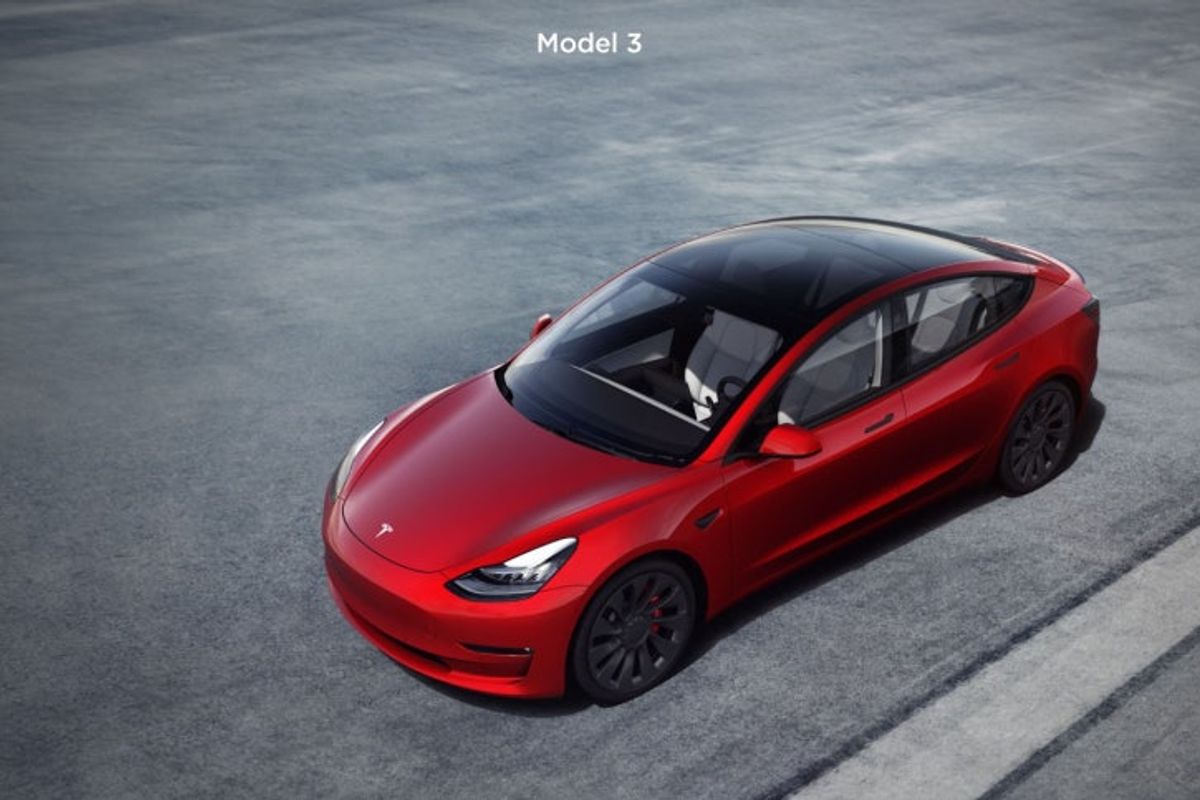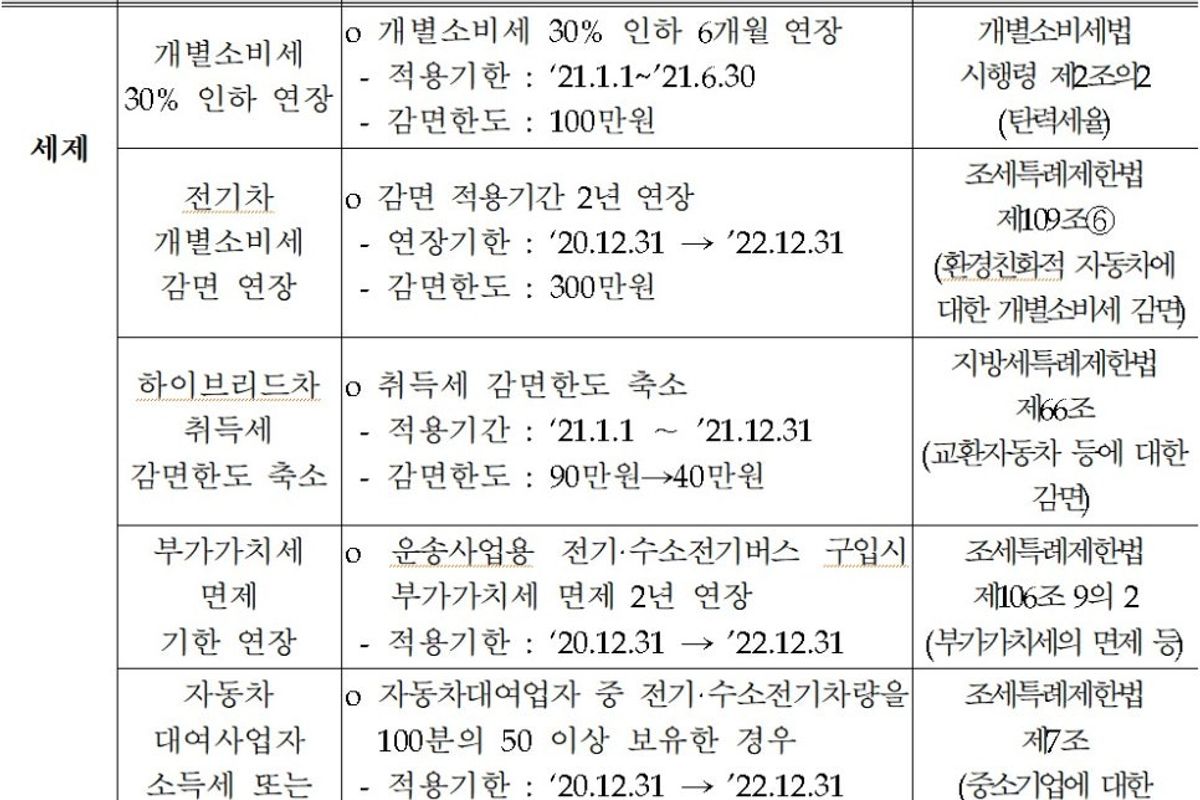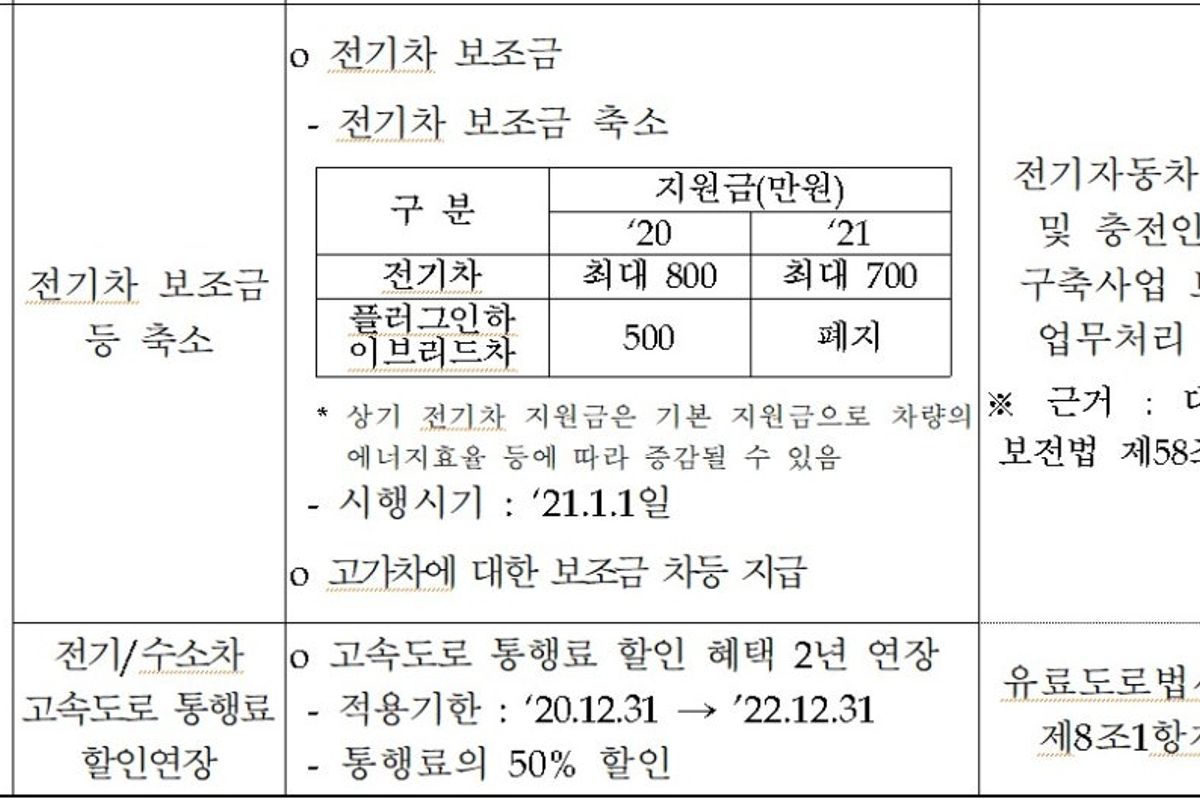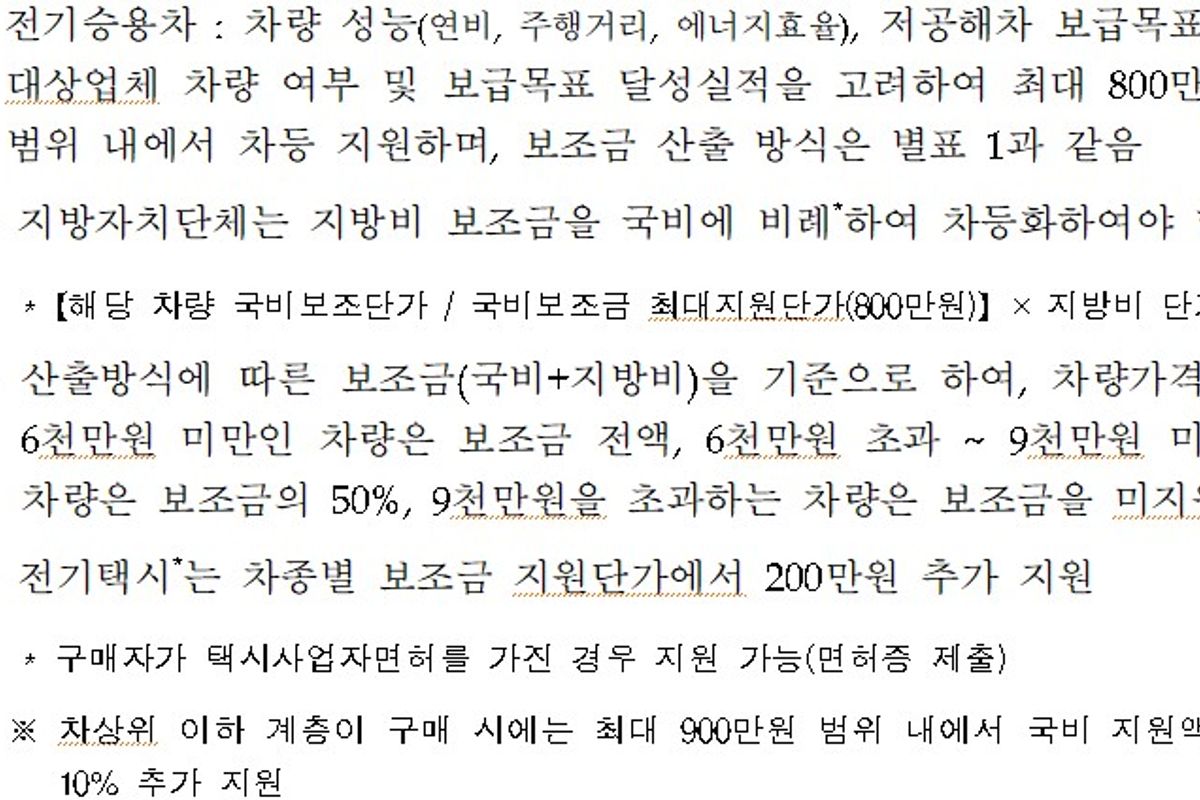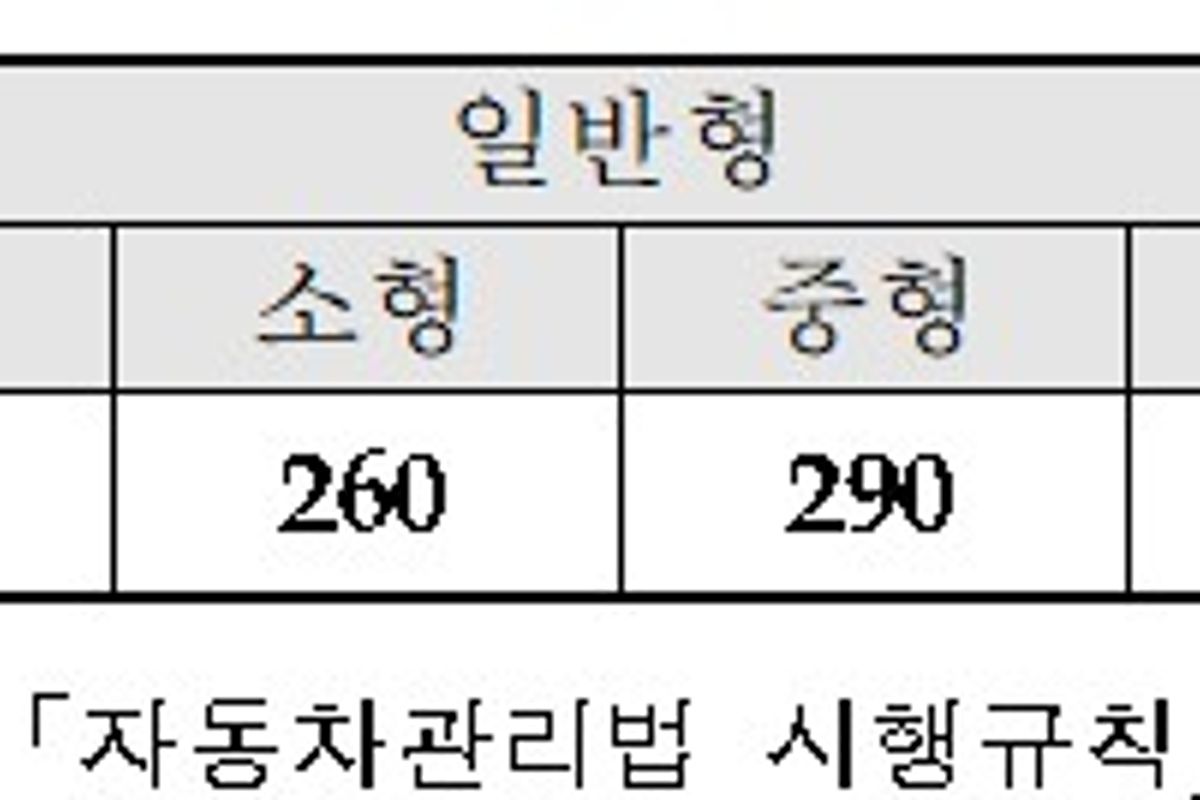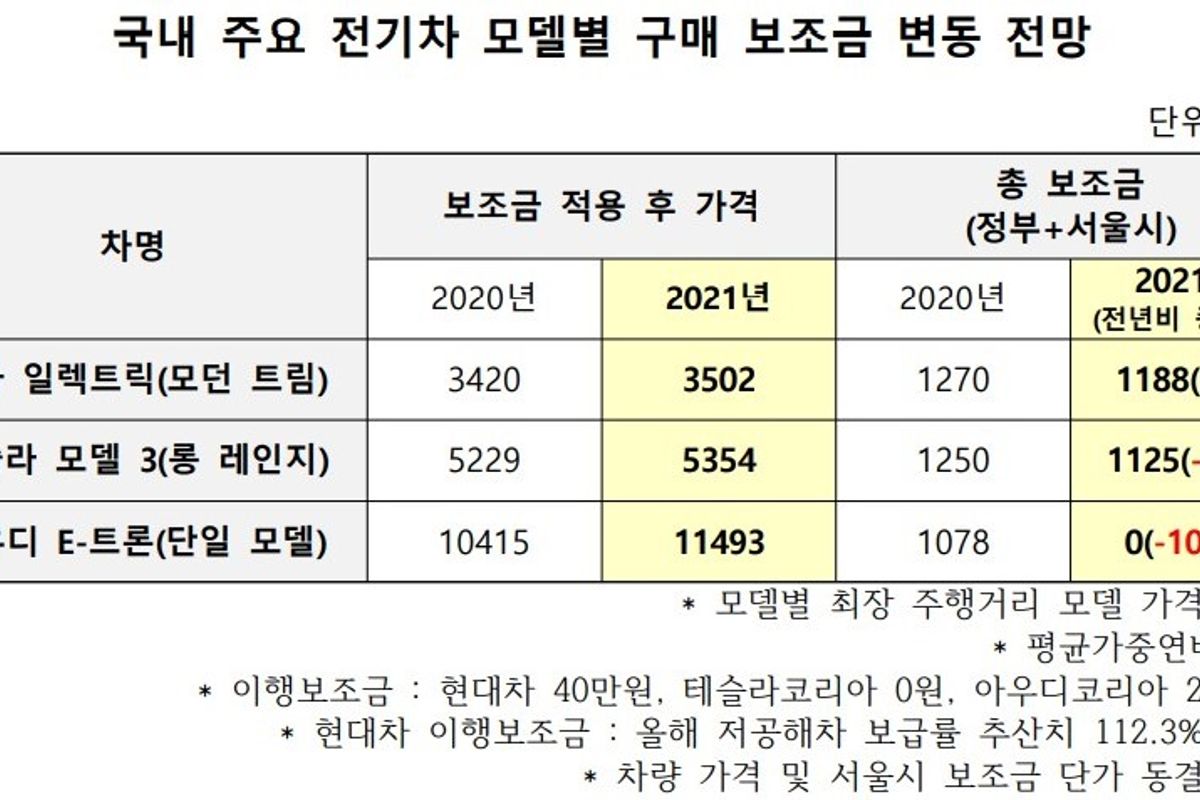On December 30, the Ministry of Environment announced a revision of the administrative guidelines for the 2021 electric vehicle subsidy program. This information is available for review through an online public hearing, where individuals can also submit their opinions. The Korea Automobile Manufacturers Association released a press statement regarding changes to automotive regulations for 2021. These two documents have led to numerous articles about cars and electric vehicles, with predictions about how the purchasing conditions for major models, including Tesla, will change next year.
According to the press release from the Korea Automobile Manufacturers Association, changes in taxation and environmental policies are on the horizon. The individual consumption tax reduction of 30% has been extended for an additional six months. The exemption limit remains at 1 million won (approximately $850) until June 30, 2021. Meanwhile, the consumption tax exemption for electric vehicles has been extended until December 31, 2022, with a limit of 3 million won (approximately $2,550). For hybrid vehicles, the acquisition tax exemption limit has decreased from 900,000 won (approximately $765) to 400,000 won (approximately $340).
Regarding environmental measures, the electric vehicle subsidy remains a key focus. As expected, the maximum government subsidy for 2021 will be 7 million won (approximately $5,950), which is a decrease of 1 million won from 2020. The subsidy amount will vary based on the vehicle's energy efficiency, with higher-priced vehicles receiving differential subsidies. Let's take a look at the Ministry of Environment's administrative notice. The subsidy for plug-in hybrid vehicles, which was 5 million won (approximately $4,250), will be eliminated in 2021. The discount on highway tolls for electric and hydrogen vehicles will be extended for another two years, providing benefits until December 31, 2022, amounting to approximately 50% off the tolls.
The details regarding electric vehicle subsidies can be found in the Ministry of Environment's administrative guidelines. The total budget for the electric vehicle supply project amounts to 1,005,000 million won (approximately $850 million) based on government funding. Local government subsidies also amount to the same 1,005,000 million won. Since subsidies can be executed within this budget, purchasing in the first half of the year seems advisable to benefit from the subsidies. You can clearly check which vehicles qualify for subsidies on the integrated low-emission vehicle website.
The most critical aspect remains the criteria and unit prices for subsidy support. For electric passenger vehicles, the amount will vary based on vehicle performance, with the Ministry of Environment indicating that support will be differentiated within a maximum range of 8 million won (approximately $6,800). Local government subsidies will be proportionally adjusted based on national funding.
(National subsidy unit price of the vehicle / Maximum national subsidy unit price (8 million won)) x Local government unit price
The combined national and local subsidies determined by this calculation will vary based on the vehicle's price, with thresholds set at 60 million won (approximately $51,000) and 90 million won (approximately $76,500).
Vehicles priced below 60 million won will receive full subsidies.
Vehicles priced between 60 million and 90 million won will receive 50% of the subsidy.
Vehicles priced above 90 million won will not receive any subsidy.
For electric taxis, an additional 2 million won (approximately $1,700) will be provided based on the vehicle type.
The administrative notice for the 2021 electric vehicle subsidies also included guidelines for electric two-wheelers. The total project scale is set at 18,000 million won (approximately $15.3 million) based on government funding. The maximum support amount varies by type and size, ranging from 1.5 million won (approximately $1,275) for small vehicles to 3.3 million won (approximately $2,800) for large vehicles.
The administrative notice for the 2021 electric vehicle subsidies also included guidelines for electric two-wheelers. The total project scale is set at 18,000 million won (approximately $15.3 million) based on government funding. The maximum support amount varies by type and size, ranging from 1.5 million won (approximately $1,275) for small vehicles to 3.3 million won (approximately $2,800) for large vehicles.
Several articles have speculated on the predicted prices of major models eligible for electric vehicle subsidies. The subsidy status for the Tesla Model 3 is likely a significant point of interest. For the Long Range trim, the sales price is 64.79 million won (approximately $54,750), but excluding VAT, it comes to about 58.31 million won (approximately $49,500), allowing it to qualify for the subsidy without reduction. The Economic Review predicts that after applying the subsidy, the prices will be approximately 35.02 million won (approximately $29,700) for the Kona Electric Modern trim, 53.54 million won (approximately $45,000) for the Tesla Model 3 Long Range, and 114.93 million won (approximately $97,300) for the Audi E-Tron, assuming that the subsidy unit price in Seoul remains frozen. This information is based on the Ministry of Environment's electric vehicle subsidy administrative guidelines, and actual implementation may vary based on subsequent changes.
The electronic news article projects that the Tesla Model X, Model S, and the upcoming Model Y Long Range Performance trim will be excluded from subsidies. Additionally, the Model 3 Standard Range Plus, priced at 54.79 million won (approximately $46,000), will qualify for the full subsidy, while the Performance trim, priced at 74.69 million won (approximately $63,000), will only receive half of the subsidy. The Model 3 Long Range trim, priced at 64.79 million won, is expected to receive the full subsidy, but government officials indicate that the final price will need to account for the customs duties, individual consumption tax, and educational tax listed on the import declaration. The Long Range model is the most popular among the Model 3 options, so the final decision on subsidy benefits remains to be seen.
